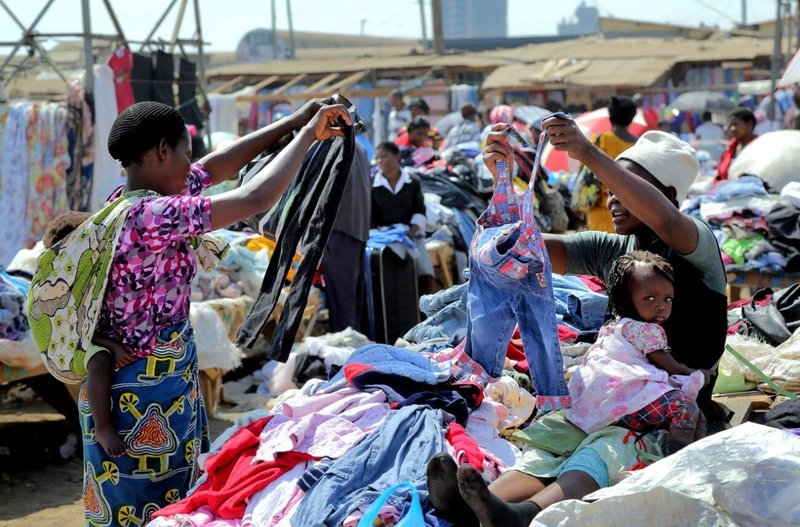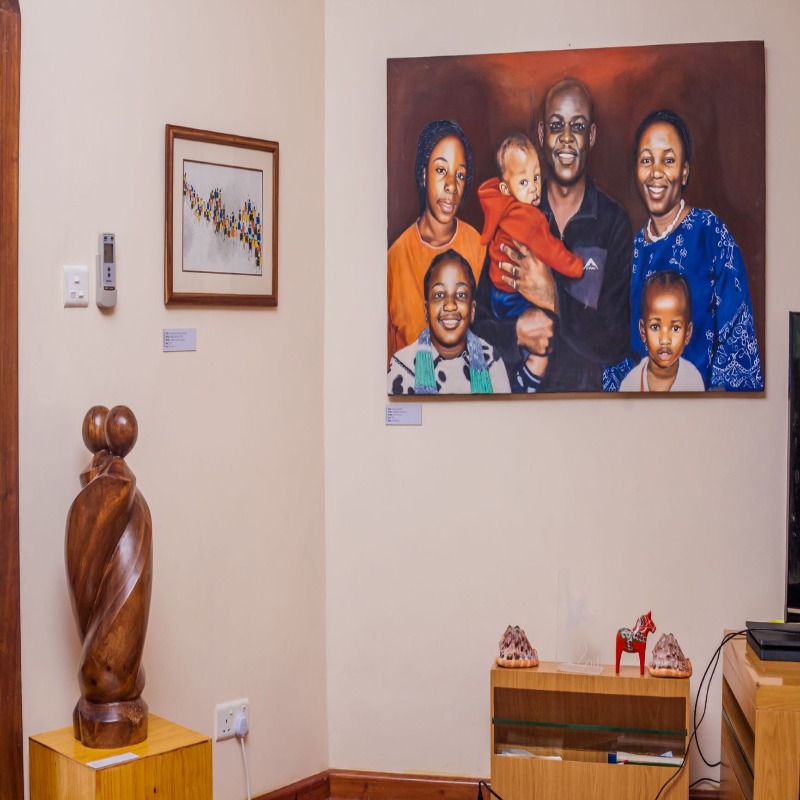What was once whispered about in shame-buying second-hand clothes from "salaula" has exploded into Zambia's hottest cultural movement. But as thrifting transforms from a survival strategy to an Instagram aesthetic, who gets left behind?
Fashion can be found in the most unlikely of places.
This was my thought as I shuffled my way through a crowded dress rack. The shop was located not in a trendy mall or a newly built shopping centre but in a corrugated steel container on a dusty road that I often passed by on my morning walks. A trio of mismatched mannequins standing outside was the only indication that there was anything in it worth perusing. I had walked past this shop hundreds of times before, seen it with its doors open and doors closed. For some reason, on this day, I decided to venture in.
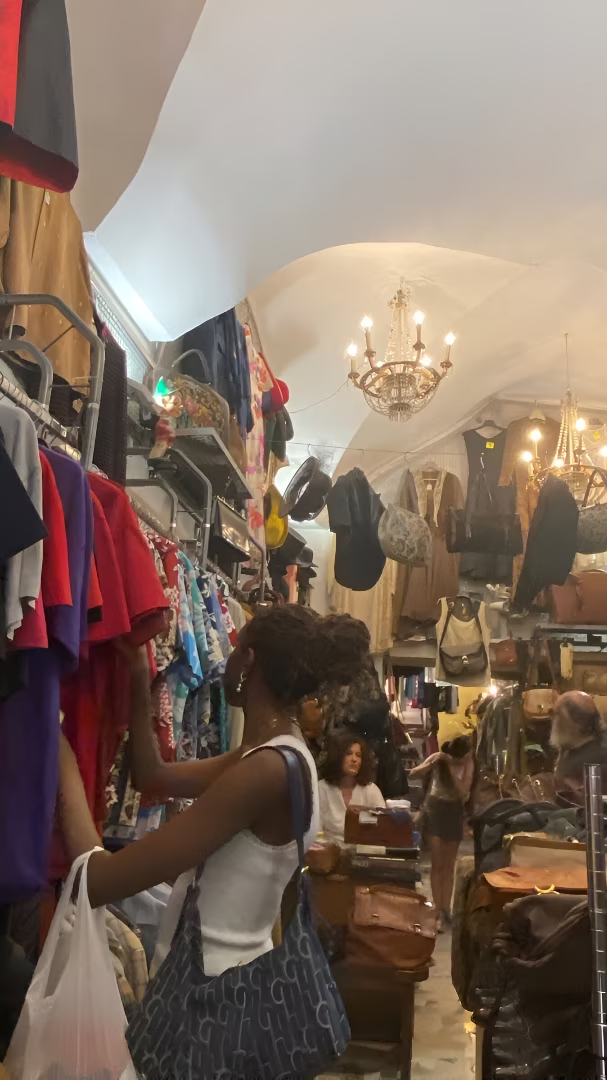
The container was filled to the brim with a collage of dresses; they occupied every nook, every hanger, and even some parts of the floor. As my hands pass through each dress, I'm met with a wave of eras, from Y2K to boho chic, vintage looks to preppy fits. Dresses that would be best off being donated, and dresses so rich in quality that I almost feel compelled to take out my phone and Google the original pricing for each piece. But regardless of the answer to that search today, I won't have to dig too steeply into my pockets. Everything in this shop goes for less than 100 kwacha - for one simple reason: it's all been owned and worn before.
During recent years in Zambia, there has been a thrift explosion. What was once considered a means of acquisition for those with limited financial means has metamorphosed into a means of wardrobe expansion for anyone with a love for fashion or a good bargain. What was once a more private activity has transformed into a cultural and social movement, from monthly thrifting markets to new Instagram boutiques for thrifted clothes popping up faster than you can refresh your webpage.
The History of Thrifting in Zambia
But how did we get here? How did we shift from quietly visiting salaula to counting down when new bales are opened and then gatekeeping said dates? Like most other aspects of Zambian history, our turn to thrifting is interwoven into the economic triumphs and turmoils of the nation itself.
The Bemba word salaula directly translates into "picking and rummaging through", and at the beginning of thrifting in Zambia, this is just what it was. Large bales of clothes arrived from overseas, their specific contents unknown; all you knew was that it was either a bale of pants or a bale of skirts, but as to the quality, size and durability, a question mark. Buyers would rifle through piles of clothes, spurred on by the sellers. It is still in practice today—if we were to sort thrifting by degrees of ease, salaula would be the most hardcore.
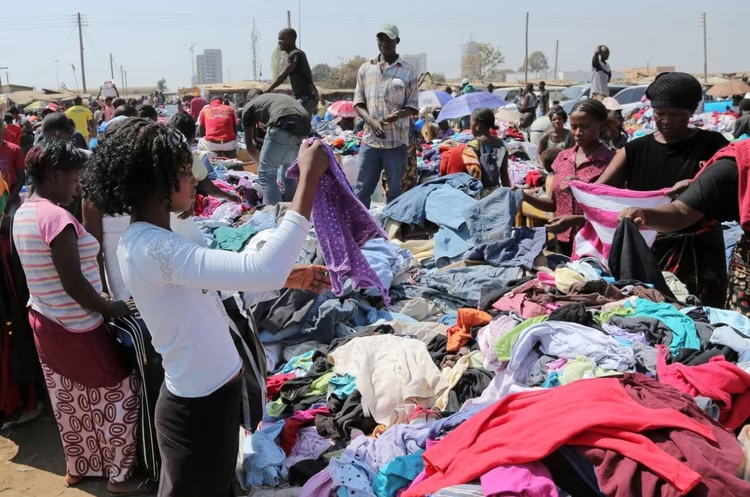
These bales of clothing arrived from overseas. In attempts to foster a free market, the Zambian government repealed import taxes in 1992. Since no duties were charged for used clothes, the market was hit with an influx of them, sold by charity shops like Goodwill, receiving an excess of donations that they ended up selling for a profit. The clothes that arrived were of superior quality, better style and significantly cheaper than locally manufactured counterparts. Zambia's textile industry simply could not compete, and sadly, the increase in thrifting coincided with the slow deterioration of Zambia's textile industry, where 30,000 jobs were lost over the decade. Reader take note, this was not a case of cause and effect; the Zambian textile industry was already struggling with regulations that made running the business more expensive, amongst other challenges.
Thrifting in Zambia Today
Thrifting in Zambia is the same as it ever was, with the added frenzy spurred by modern technology. Social media users track when bales are offloaded, queue early in Soweto for the best picks, and stay glued to their phones to snag coveted pieces. Like any subculture, thrifting has developed its own language and insider knowledge—from boutique owners who save special pieces for regular customers to knowing exactly when fresh stock arrives.
However, this popularity has created new challenges. As stigma fades, what was once an affordable clothing source for lower-income families has become scarcer and more expensive. Online boutiques often claim the best pieces and sell them at marked-up prices to account for the laundry, steaming and delivery. Where does this leave the rest? What is left for the people whom arguably this was most intended for, when they are priced out?
This raises important questions about accessibility. When affordable options become harder to obtain for those for the people whom arguably this was most intended?—for job interviews, weddings, or daily life—we must consider the broader implications. Yet in Zambia's current economic climate, where the majority face financial pressures, the situation is complex.
The Appeal is in More Than The Price
But it would be wrong to say that it was just about the cost. In my foray into thrifting culture, the answers I got to the question "Why do you thrift?" were only partially about the bargain. As the youthful population grows, so does the need for individuality and self-expression. In a world obsessed with fast fashion, where identical designs are replicated and served up for mass consumption, thrift is one of the only spaces left for a generation raised on diverse internet aesthetics to curate a personal style that stores cannot dictate.
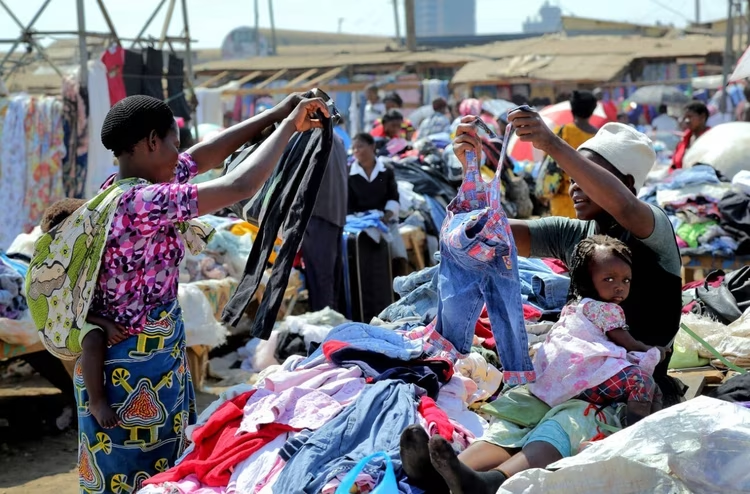
The transformation of thrifting in Zambia—from shame to chic- mirrors our evolving relationship with consumption, identity, and economic reality. What began as an economic adaptation has become a cultural movement. Yet as I leave that corrugated container, arms full of finds that cost less than a single mall purchase, I'm reminded that movements are complicated. The democratisation of style through thrifting has created new forms of exclusion even as it breaks down old ones.
In the end, perhaps that's what makes thrifting so quintessentially Zambian: it's resourceful, creative and community-driven, but also unafraid to grapple with its own contradictions. Like the clothes themselves, thrifting culture has been tried on, adapted, and made our own. And in a steel container on a dusty road, surrounded by decades of discarded dreams now reborn as fresh possibilities, that feels like exactly what fashion should be.
